In today’s world, screws and fasteners are so deeply ingrained in our everyday lives that it’s hard to imagine a time without them. Whether you’re a DIY enthusiast or a seasoned professional in the construction industry, you’ll agree that these tiny marvels have revolutionized the way we assemble and hold things together. Yet, how often do we stop to ponder their origins and evolution? In this article, we delve deep into the history of screws and fasteners, tracing their journey from rudimentary devices to sophisticated components that hold the world together—quite literally.

Table of Contents
The Origins of Screws
The earliest incarnation of the screw dates back to the 3rd century BC. It’s believed that Archimedes, the Greek mathematician and inventor, developed a device known as the “Archimedes Screw,” primarily used for irrigation and removing water from ships. Although it’s a far cry from what we now consider a screw, this invention laid the groundwork for screws and fasteners as we know them today.
From Simple to Complex: The Evolution of Wood Screws
Wood screws originated in Europe around the 15th century and were initially crafted by hand. Metalworkers would create a helical groove in a wooden dowel, and then a metal rod was inserted into it. These screws had a major drawback: their lack of uniformity. However, the invention of the lathe in the 18th century significantly improved their production. This advancement led to the standardized and mass-produced wood screws we are familiar with today.
The Emergence of Phillips Head Screws
The Phillips head screw, invented by Henry F. Phillips in the 1930s, dramatically changed the fastening landscape. Offering superior torque and ease of use, the Phillips head screws quickly became the go-to option for industries ranging from automotive to aerospace. This transformative invention set new standards, rendering traditional slotted screws obsolete in many applications.
A Look into Screw Threads
Understanding the history of screws isn’t complete without discussing screw threads. These helical structures allow the screw to convert rotational force into linear movement. The thread’s design has been refined over the years, leading to several different types such as metric, imperial, and trapezoidal threads, each serving specific purposes and industries.
The Rise of Torx Screws
The Torx screw, initially developed in the 1960s by Camcar Textron, is another landmark in the history of screws. Characterized by a six-pointed star-shaped pattern, Torx screws offer high torque and reduced slippage, making them ideal for high-stress applications like automotive and electronic industries.
The Advent of Flat Head Screws
Flat head screws, recognizable by their countersunk flat tops, have their own slice of history. These screws became popular due to their aesthetic appeal and are commonly used in woodworking and cabinetry.
The Genesis of Screw Caps
The introduction of screw caps revolutionized how we seal and protect threaded fasteners. Initially patented in the 19th century, screw caps have found their place in a variety of industries, including pharmaceuticals, where they ensure sterility and safety.
Screws and Fasteners in the Modern Age
Today, screws and fasteners have transcended their essential utility to become complex, specialized components in advanced applications such as aerospace engineering, medical devices, and robotics. Innovations like smart screws, capable of measuring tension and load, showcase the continual advancement in this field.
Conclusion
The history of screws and fasteners is a testament to human ingenuity, evolving from the simple Archimedes Screw to the multifaceted and specialized devices we use today. These humble components have stood the test of time, transforming along with the needs and advancements of humanity. As we look to the future, one thing is clear: screws and fasteners will continue to be an integral part of our evolving world, and their history is far from over.
If you found this article insightful, please share it with others interested in the fascinating history of screws and fasteners. For more articles like this, subscribe to our blog and stay tuned for updates!
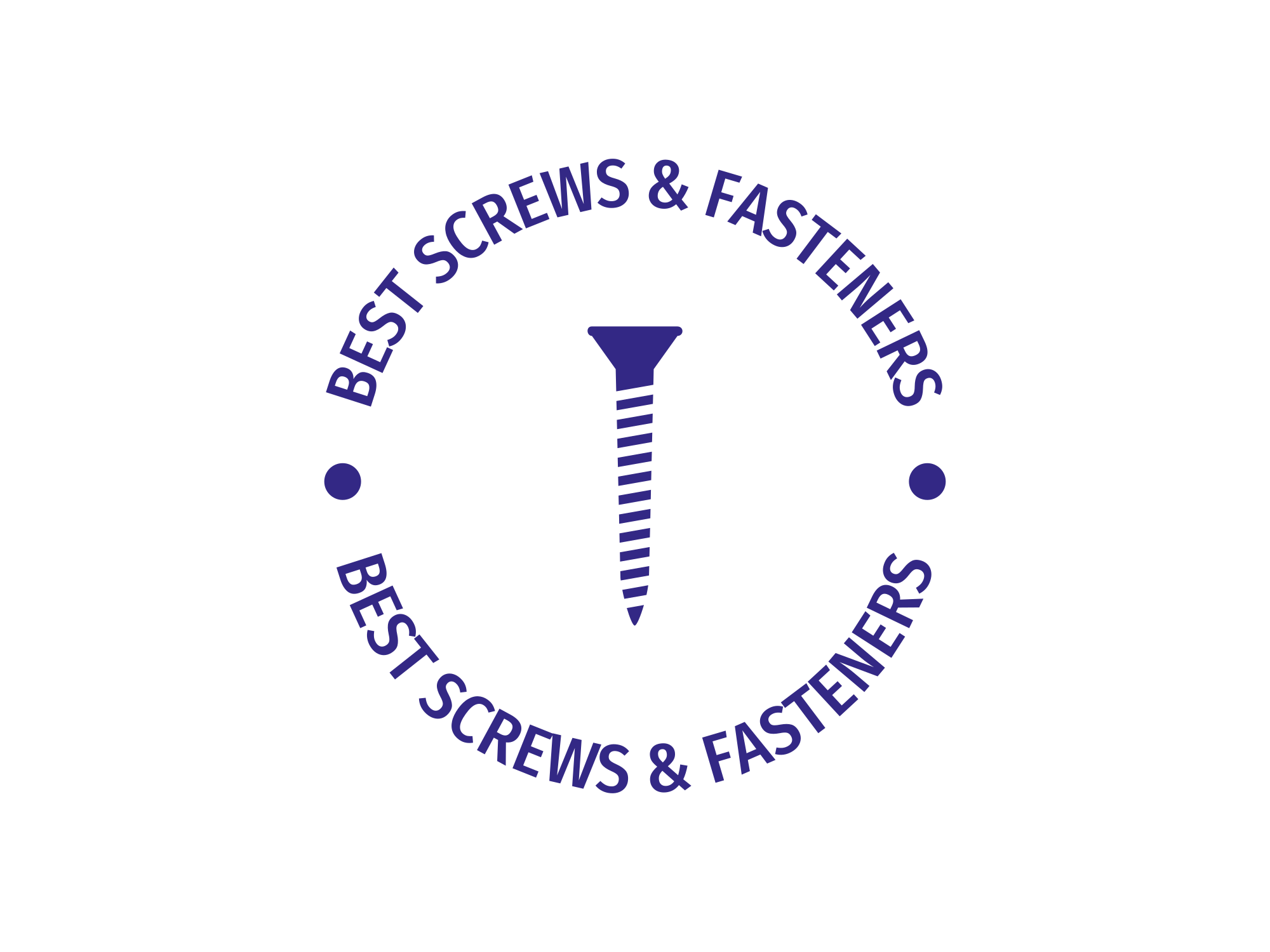
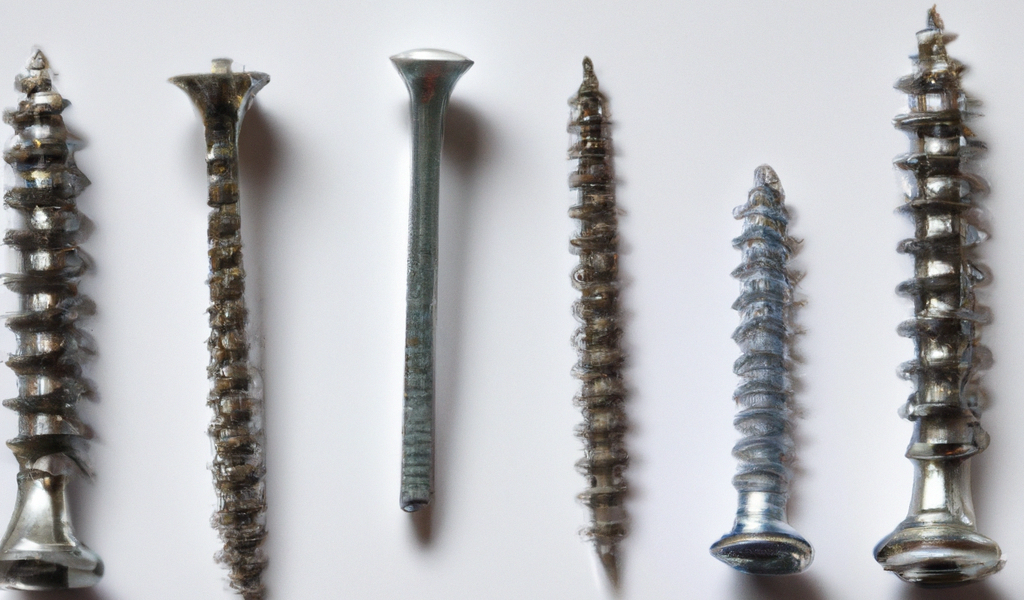
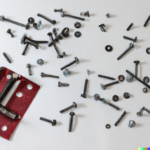
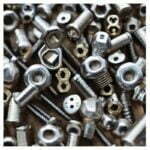
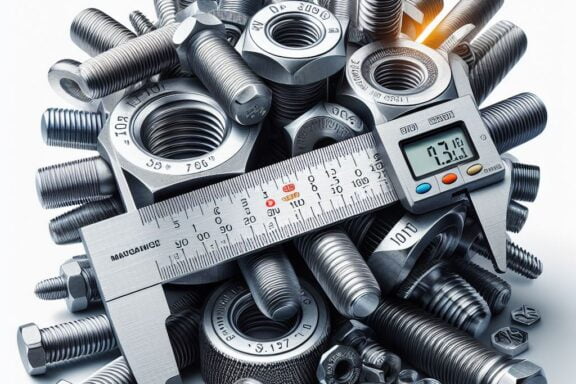
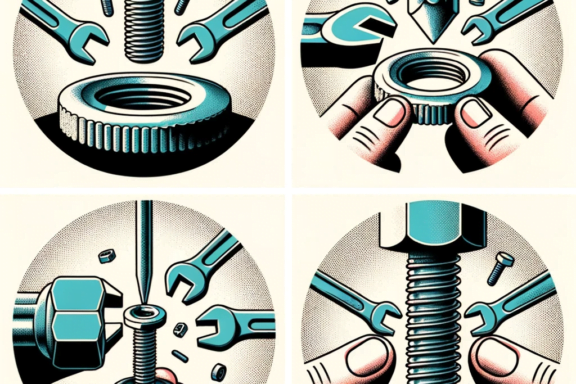
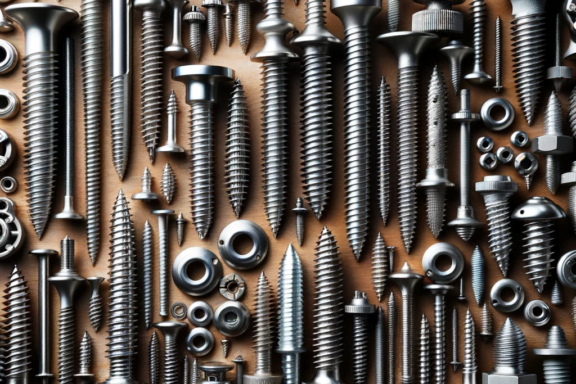
No Comments